Reviewed by Julianne Ngirngir
Apple's AirPods Pro lineup is about to get its most significant update since 2022, and the rumors are painting a picture of earbuds that go far beyond just better sound. Most recently, MacRumors discovered a reference to "AirPods Pro 3" in iOS 26 developer beta source code, while multiple supply-chain sources point to a refreshed look for both the buds and case. The AirPods Pro 3 could arrive as soon as September 2025 alongside the iPhone 17 lineup.
What's fascinating is how these aren't just incremental audio improvements—Apple seems to be positioning these earbuds as something far more ambitious. Let's break down what we know so far, because the leaked details paint a picture of earbuds that could fundamentally change how we think about wearable technology.
What's driving the smaller case design?
Here's where things get immediately practical—Apple is shrinking the charging case. Multiple sources suggest that Apple might reduce the overall footprint of the AirPods Pro 3 charging case, making it easier to carry in tight pockets or small bags. This isn't just Apple being nice about pocket space—it's a strategic move that builds on proven design validation.
The company has already road-tested this approach with the AirPods 4, which features the smallest AirPods case the company has ever produced. Think of it as Apple's way of validating design changes before rolling them out to their premium line. The engineering challenge here connects directly to Apple's broader expertise in miniaturization—the same principles that have driven iPhone and chip design for years.
What makes this timing significant is that a smaller charging case addresses one of the most common user complaints about premium earbuds. Despite the reduced size, the case will retain USB-C port and MagSafe wireless charging capabilities, ensuring compatibility with existing charging setups.
Why the capacitive button matters more than you think
Building on the miniaturization approach, Apple is making another strategic change by ditching the physical setup button entirely. The AirPods 4 already feature a hidden capacitive button built just below the status light in the center front of the charging case—and this innovation is coming to the Pro line.
The user experience reveals Apple's attention to detail. When you double-tap the center front of the case, it enters pairing mode with no visible button required. This invisible button is also used to reset the AirPods to factory settings, effectively hiding two critical functions behind one seamless interface.
The AirPods Pro 3 will inherit this larger, more capacitive button concealed in the front of the case, replacing the physical setup button. From an engineering perspective, this eliminates a common point of failure and potentially improves water resistance by removing an external opening—a design philosophy that becomes crucial for the health monitoring features we'll explore next.
The H3 chip: More than just better sound
This is where the AirPods Pro 3 story gets genuinely compelling. The upcoming chip should be called the H3, and rumors point to its release with the AirPods Pro 3. But this isn't just about processing power—it's about unlocking capabilities that position these earbuds as multi-purpose wellness devices.
Apple's H3 chip is expected to be more energy efficient than the H2 chip, improving battery life. More significantly, Apple is said to be testing a faster audio chip that drives "much better" Active Noise Cancellation than the already impressive AirPods Pro 2 manage.
Consider this context: the current H2 chip already delivers twice the noise cancellation of the original AirPods Pro. If Apple is promising substantially better ANC with the H3, we're talking about potentially industry-leading performance that could make competing earbuds sound outdated by comparison.
The H3 chip may be Apple's next-generation audio processor, powering upcoming AirPods and other flagship earbuds by Beats. This ecosystem-wide deployment suggests the technology is mature enough for broad implementation and forms the foundation for the advanced features ahead.
Health sensors: Your ears become health monitors
Here's where the AirPods Pro 3 story transforms from impressive audio upgrade to genuinely revolutionary health device. The earbuds could feature optical heart rate sensors, which would collect data and send it to the H3 processor for on-device analysis.
But the real breakthrough comes with temperature monitoring. AirPods Pro 3 are also said to come with body temperature sensors that measure users' body temperature via the ear canal. This isn't just adding sensors for the sake of it—Apple is researching ear-canal temperature sensing that could offer faster, more reliable body-temperature readings than the skin-temperature estimates from Apple Watch Series 8 and later.
The implications extend far beyond basic health tracking. Your ears provide a more accurate temperature reading than your wrist because the ear canal is closer to your core body temperature. This positioning transforms the earbuds into genuine health monitoring devices that happen to excel at audio, rather than audio devices with health features tacked on. The integration with Apple's broader health ecosystem—HealthKit, Apple Watch, and the Health app—means this data becomes part of a comprehensive wellness picture that builds on the company's established health credibility.
Smart features that actually make sense
The health monitoring capabilities naturally extend into practical smart features that solve real problems. Apple will allow people with compatible AirPods to use them as a camera remote, starting or stopping video recordings when the iPhone isn't within reach. This addresses genuine pain points for content creators and anyone taking group photos.
Building on the wellness theme, the AirPods will also gain the ability to recognize when a user has fallen asleep and stop ongoing media playback automatically. This isn't just convenient—it's potentially useful for battery life and could prevent that jarring experience of waking up to loud audio, which ties into the broader health monitoring narrative.
Perhaps most transformative for international communication, one rumor claims AirPods Pro 3 will partner with the iPhone's Translate app to deliver real-time conversation translation directly through the earbuds. If this works as advertised, it represents the kind of seamless, practical innovation that extends the wellness and productivity tool vision into everyday communication challenges.
What this means for the AirPods ecosystem
The AirPods Pro 3 represent more than just an iterative update—they signal Apple's vision for earbuds as comprehensive wellness and productivity tools. With an expected price of $249, matching previous generations, Apple views health features and design improvements as natural evolution rather than premium upgrades.
The timing aligns perfectly with Apple's established update cycle. It's been almost three years since the AirPods Pro 2 debuted, and Apple has consistently followed a three-year update cycle for their Pro line. The AirPods Pro 3, expected to debut alongside the iPhone 17 later this year, should come with all the features announced as part of the iOS 26 update.
What's particularly strategic is how Apple is leveraging this three-year gap to introduce genuinely transformative improvements rather than incremental updates. The health monitoring capabilities alone could justify the upgrade for many users, especially as we become more conscious of preventive health measures. But the broader implication is more significant: Apple is pushing the entire industry toward thinking about earbuds as multi-purpose devices rather than just audio accessories.
If the AirPods Pro 3 deliver on these promises, competing manufacturers will need to match not just audio quality but health monitoring, smart features, and ecosystem integration—a much taller order that plays directly to Apple's strengths in hardware-software integration and health platform development.




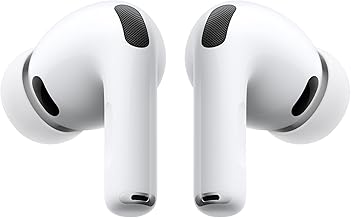

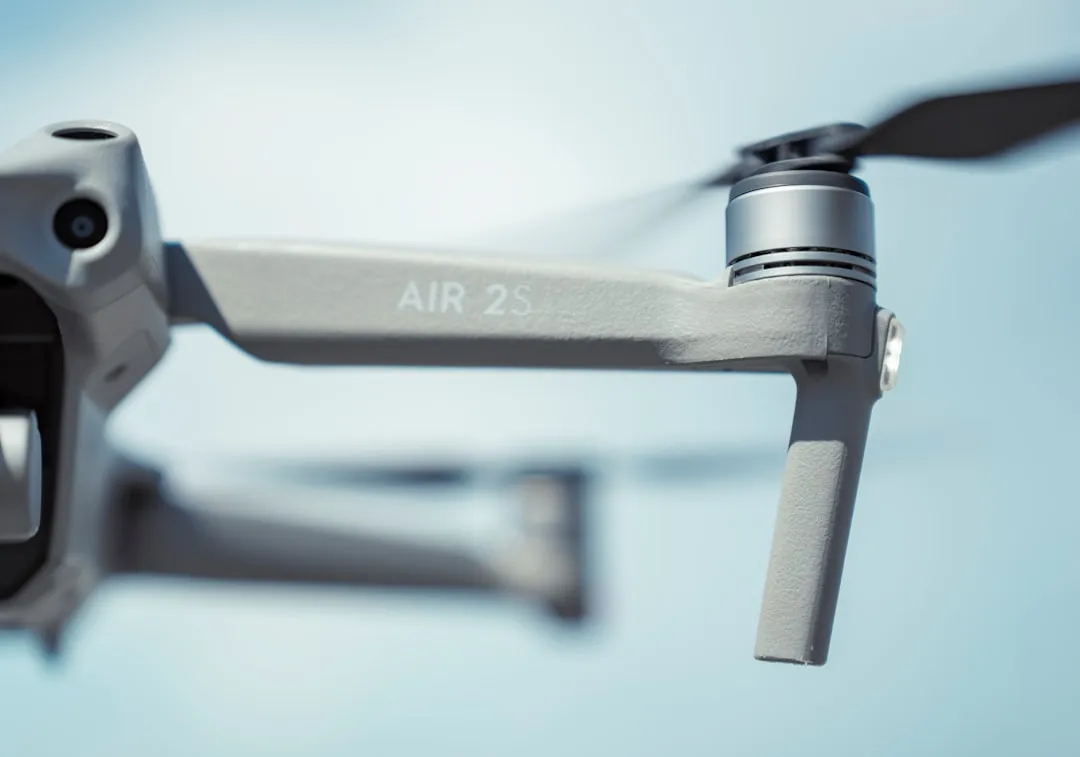
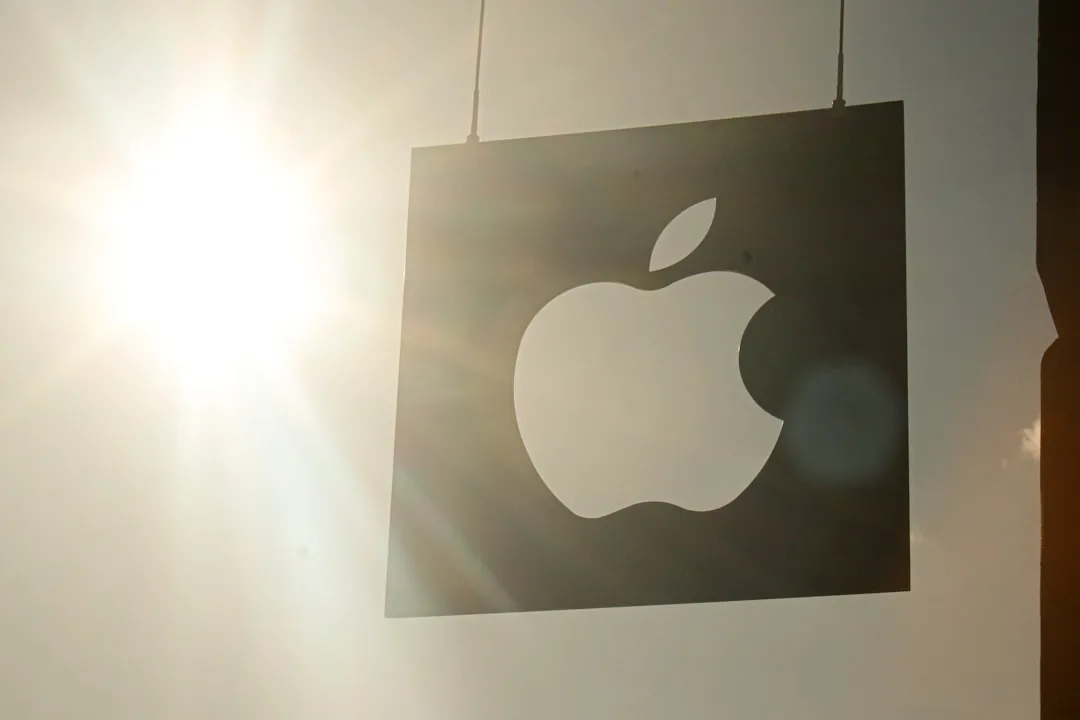


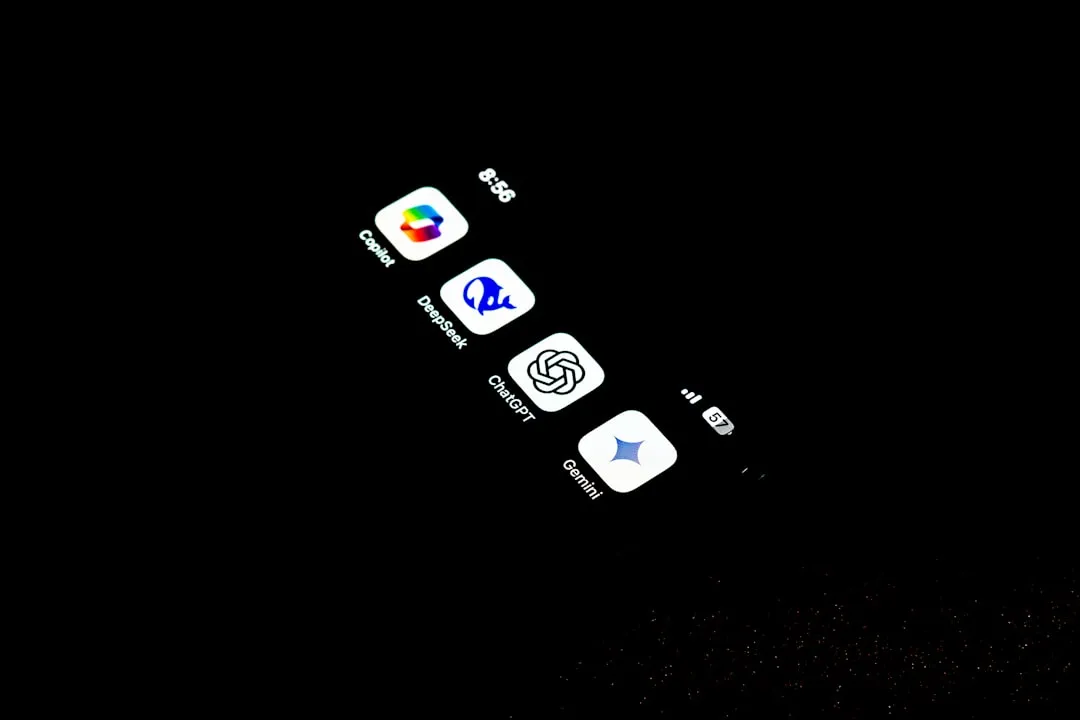
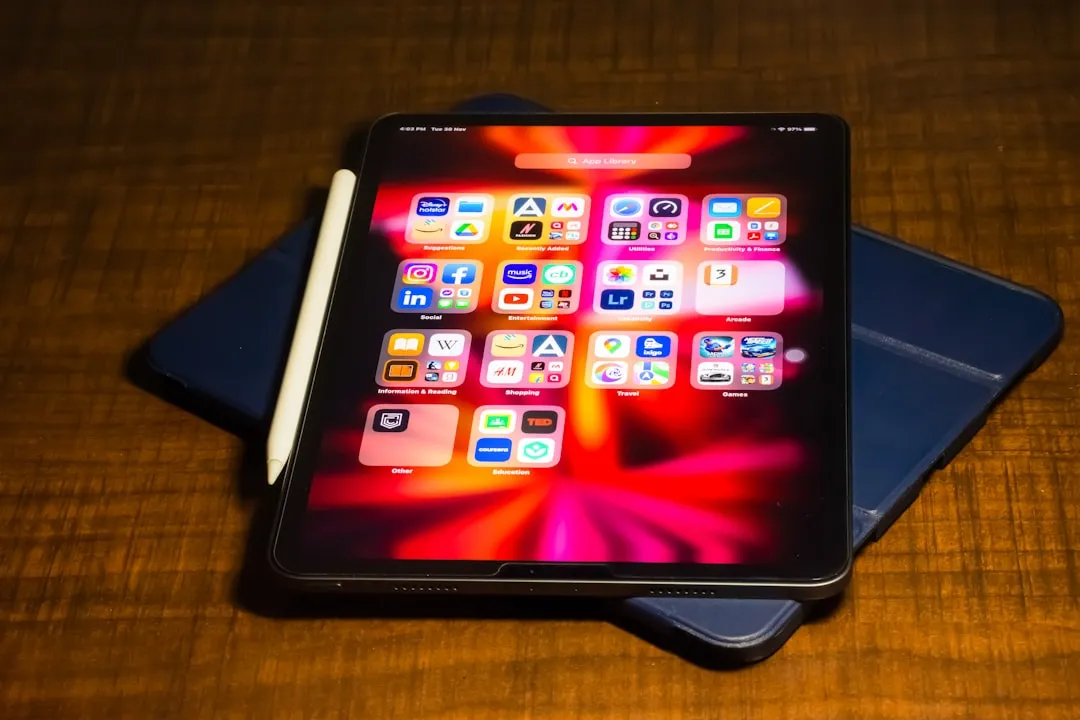
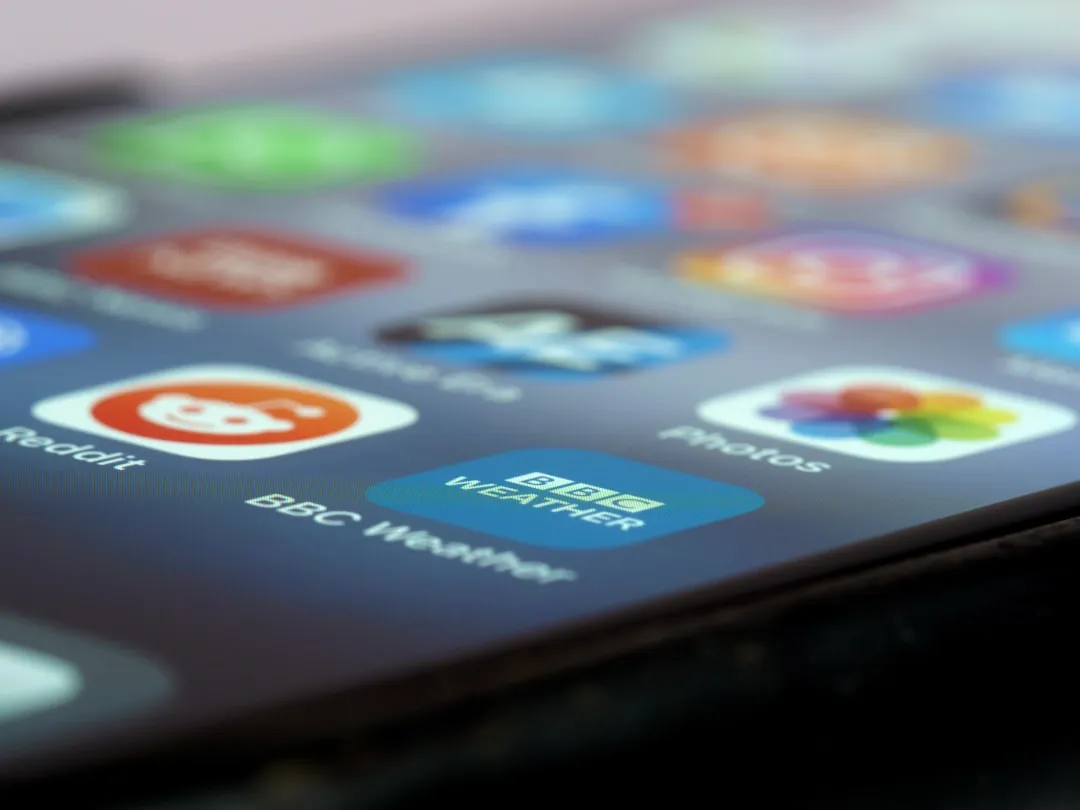
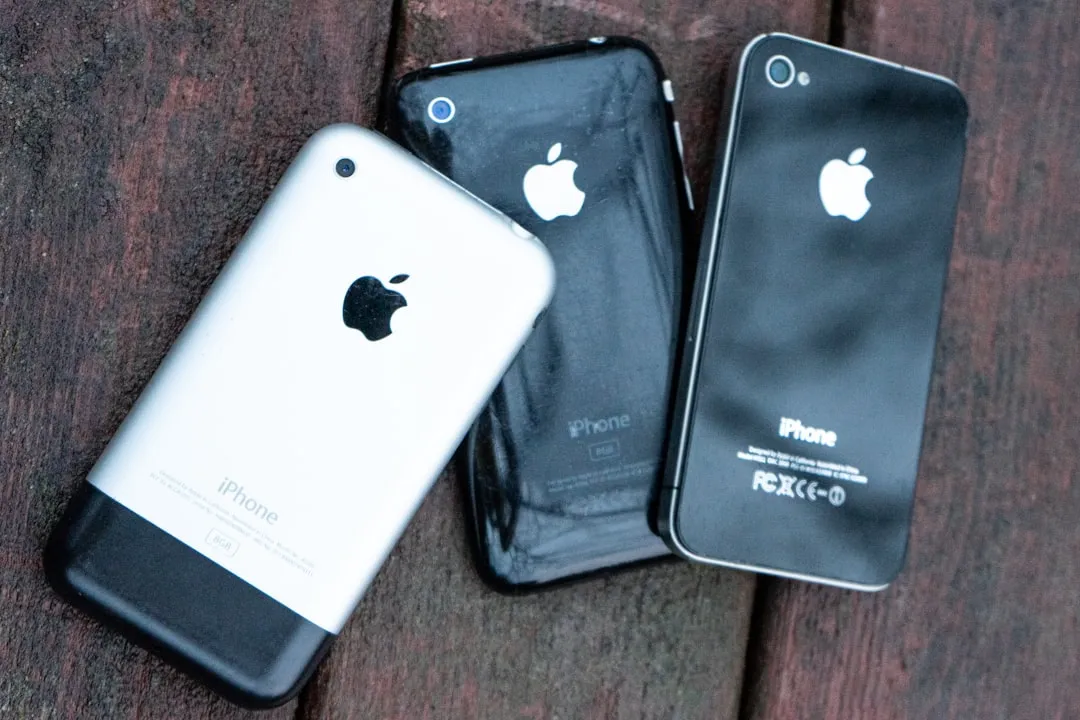


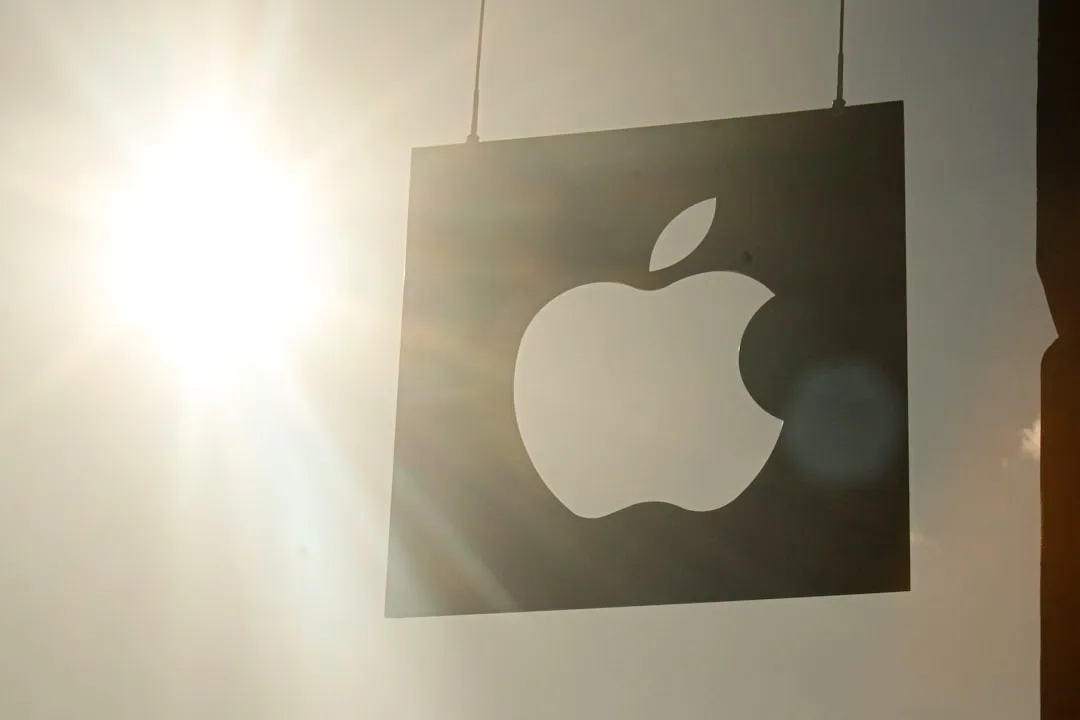
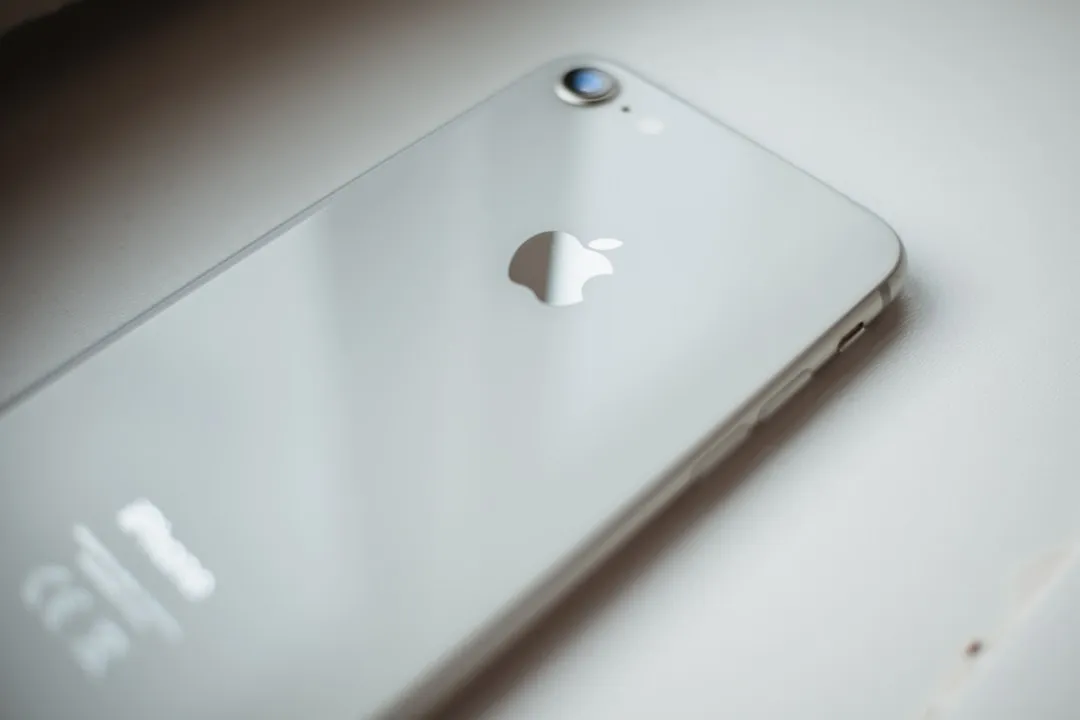

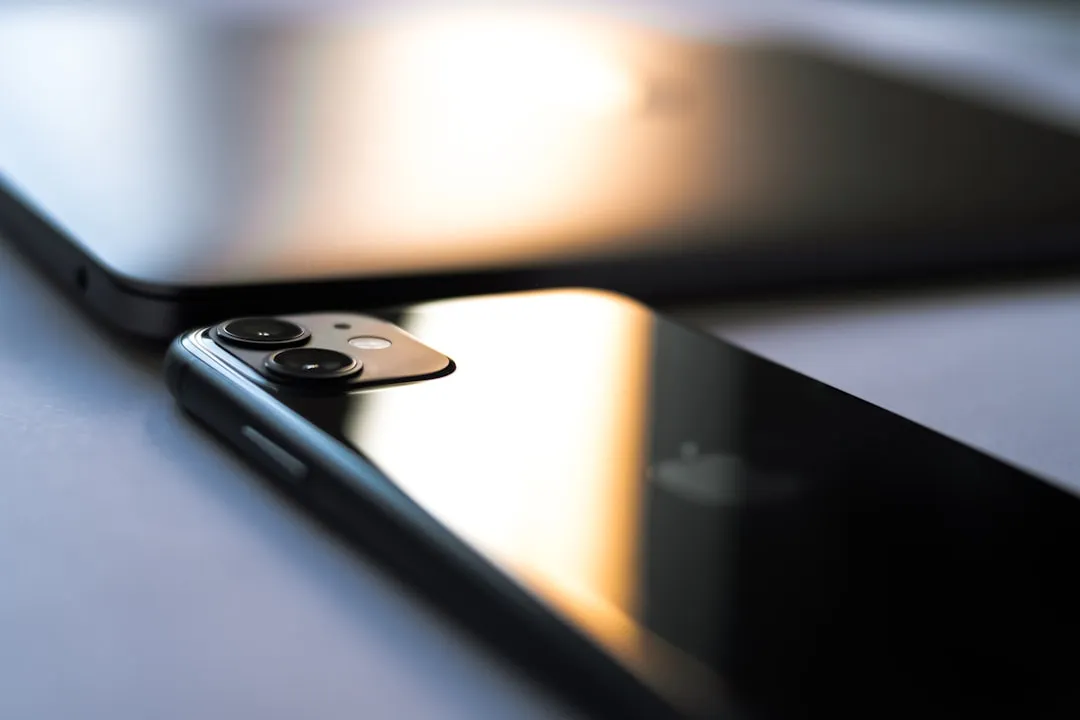

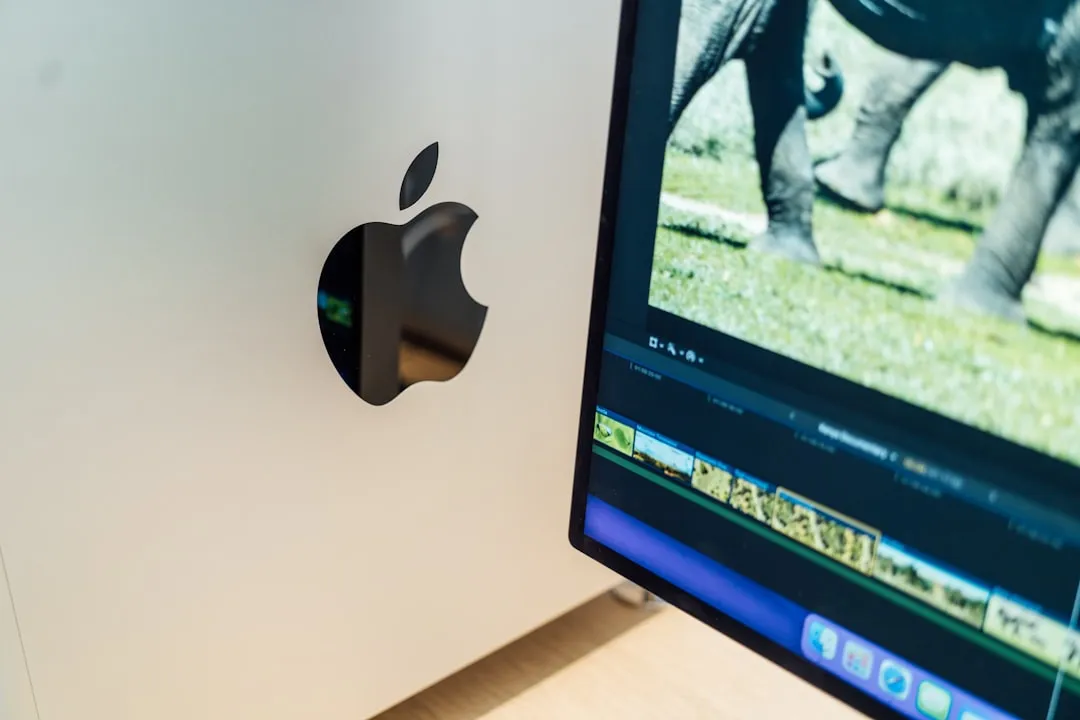
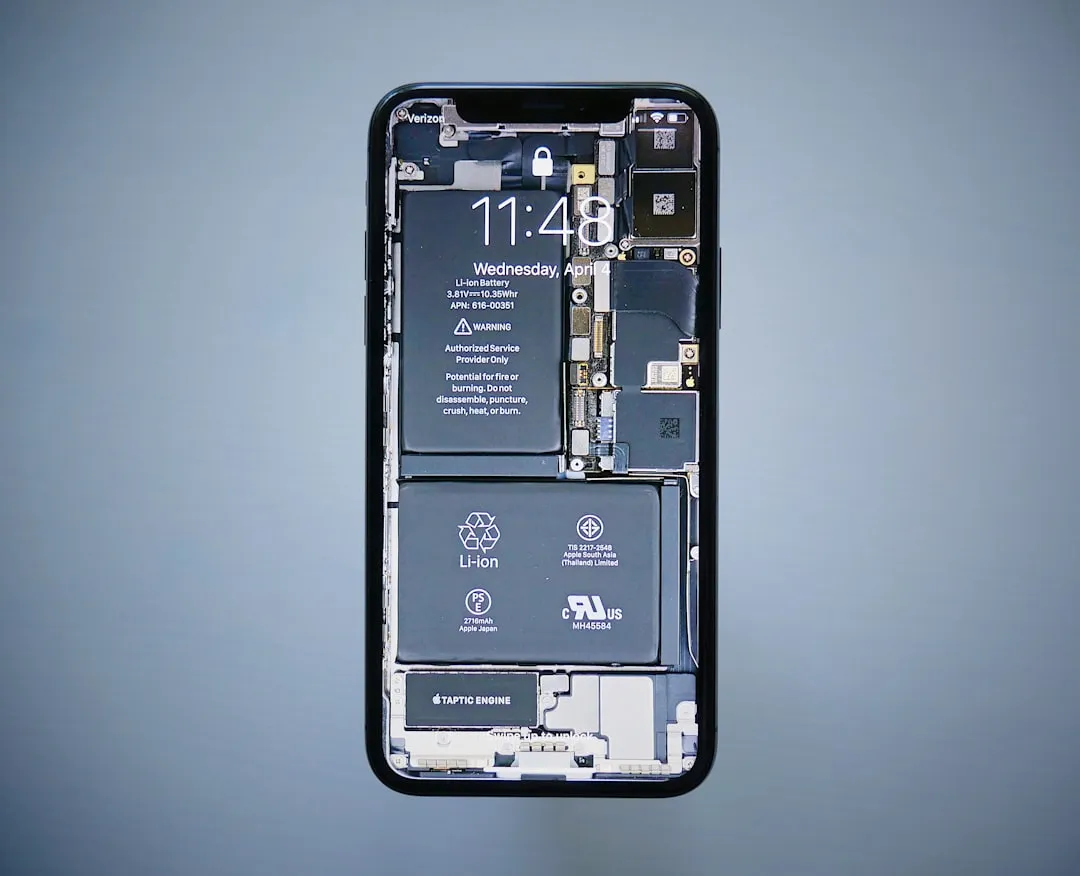

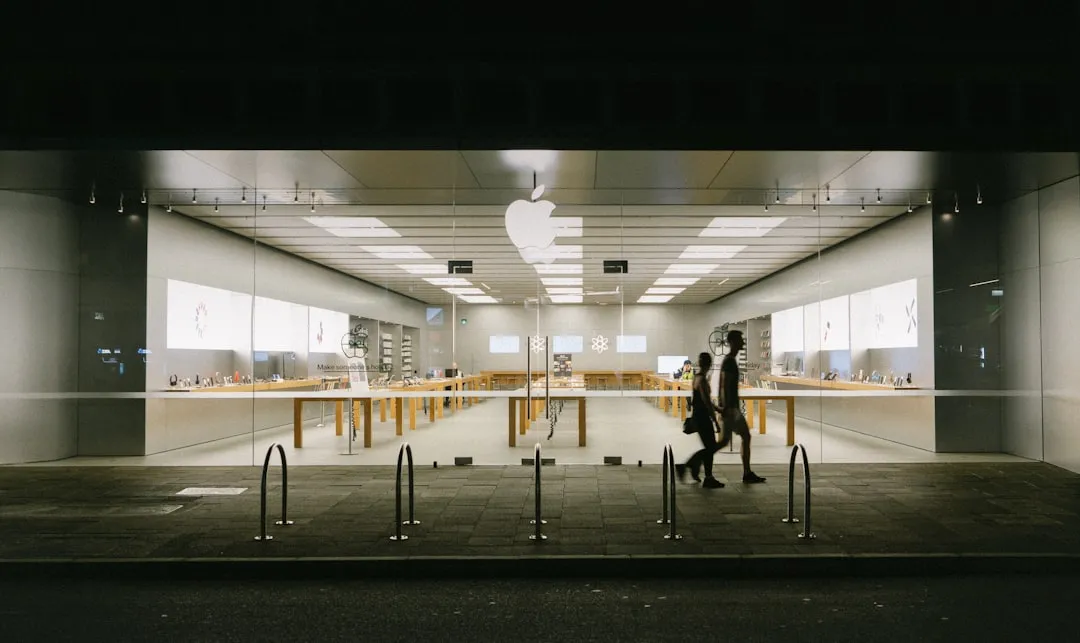
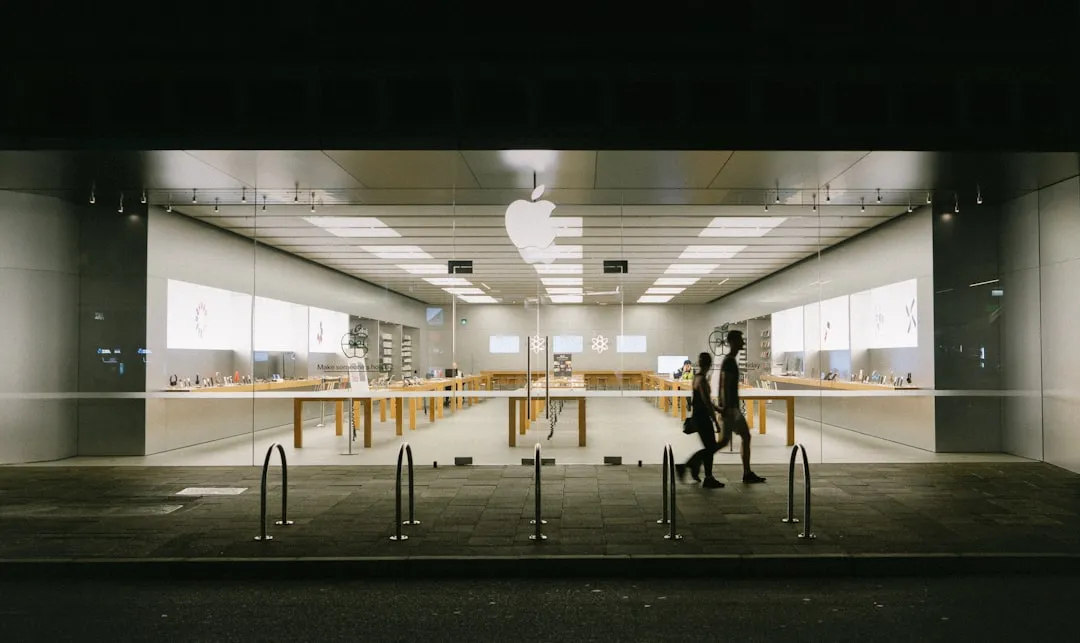

Comments
Be the first, drop a comment!